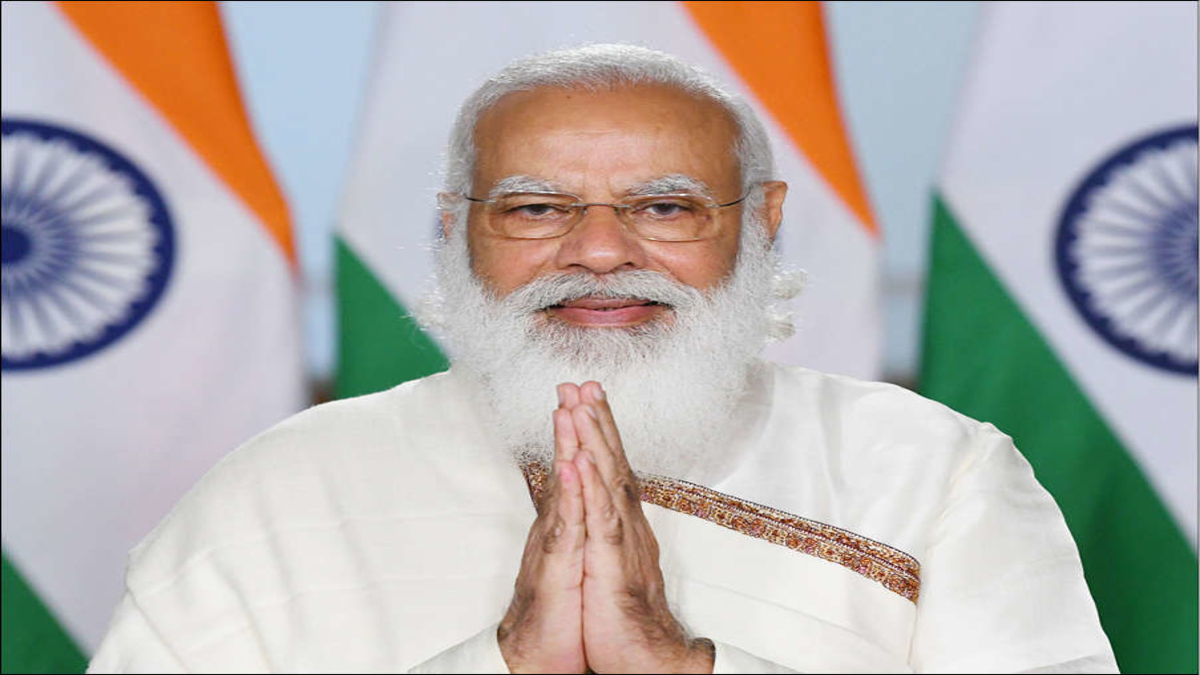


Considered to be the Father of the Indian Renaissance, multifaceted social, religious and educational reformer Raja Rammohan Roy, whose mission was admired and adopted by Sir Syed Ahmad Khan, is renowned for his pioneering role in opposing practices like Sati, child marriage and social divisions and for advocating education.
Prime Minister Narendra Modi epitomises the fulfillment of promises. If he makes one, he has mastered the art to fulfill that during his tenure. The recent change made by the Centre in the minimum age for marriage of women from 18 years to 21 years is one such example where the PM has fulfilled one of his promises.
He has kept his word again just like he did earlier where he ensured the abolition of Triple Talaq by law, to empower Muslim women and to let them live with their heads high.
On 15 August 2020, Modi, in his Independence Day address from the Red Fort, announced that the marriage of women at the right time had become the need of the hour to save them from malnutrition at a young age. Till now the marriageable age for men is 21 years, while for women it is 18 years in our country. But there was hardly anyone who had any inkling that the PM had plans to remove the disparity in the marriageable age between the two genders at the earliest even as the coronavirus pandemic was at its peak in the country at that time.
Several old-school believers had also assumed there would be no effect of change because what was in existence was perfect. They were, however, in for a surprise when the Union cabinet last month approved equality in the legal age for marriage between men and women. They are so aghast that they are refusing to accept it.
One of them was All India Muslim Personal Law Board general secretary Maulana Khalid Saifullah Rahmani. Within days of PM Modi’s historic step, he stated, “Marriage is an important need of human life. But no particular age can be considered as a criterion for the age of the marriage, while it has to do with health and well-being, it also has to do with the protection of moral values in the society and the protection of the society from moral depravity. That is why not only in Islam but also in other religions, no age of marriage has been fixed. It has been kept at the discretion of both the contracting parties and their guardians.”
He added, “If a boy or a girl feels the need for marriage before the age of 21 and can pay the obligations imposed after the marriage, then forbidding him from marriage is cruelty and interference in the personal freedom of an adult. This can lead to an increase in crime in society. Setting a minimum age of 18 years or 21 years for marriage and declaring marriage illegal before that is neither in the interest of girls nor is it good for society. On the contrary, it can severely damage moral values. Anyway, the trend of getting married at a young age is slowly disappearing. But sometimes situations arise in which it is in the interest of the girl to get married before the prescribed age. Therefore, All India Muslim Personal Law Board demands the government to refrain from making such useless and harmful laws.”
But, what a person like Rahmani did not know was that the PM had already started working on his path-breaking step much before he gave a prelude to the nation. A task force was constituted by the Centre in June 2020. It was headed by Jaya Jaitley in the Niti Aayog. Eminent pediatrician V K Paul was also its member. Apart from them, the secretaries of the Union ministries of Health and Family Welfare, Women and Child Development, Higher Education, School Education and Literacy Mission and the Justice and Law were also made members of the panel.
In December 2020, the task force submitted a report to the Centre. It advocated that the minimum age of women at the time of giving birth to their first child should be 21 years while underlining that delay in marriage has a positive impact on the economic, social and health of families, women, children and society. Thus a proposal resulted in the decision which Modi envisioned once.
This has also validated a quiet social revolution which was long due in the country’s family welfare scenario. For women’s empowerment, it is a welcome step. A check of Modi’s plan shows that the change came in less than a year-and-a-half. It has also outwitted the opposition.
The task ahead before the central government now is to fructify the action plan while attempting to take those who oppose it, in the interest of brighter prospects of the ambitious scheme. The proposed stand requires amendments to the Prohibition of Child Marriage Act, Special Marriage Act and Hindu Marriage Act in the Parliament. Meanwhile, the government has referred the matter to the Parliamentary Standing Committee on education, women, children, youth and sports to examine all relevant issues concerning raise of legal age of marriage of a girl.
The author is Professor and Chairman, Centre for Narendra Modi Studies (CNMS) India and also Former Media Advisor, Aligarh Muslim University.